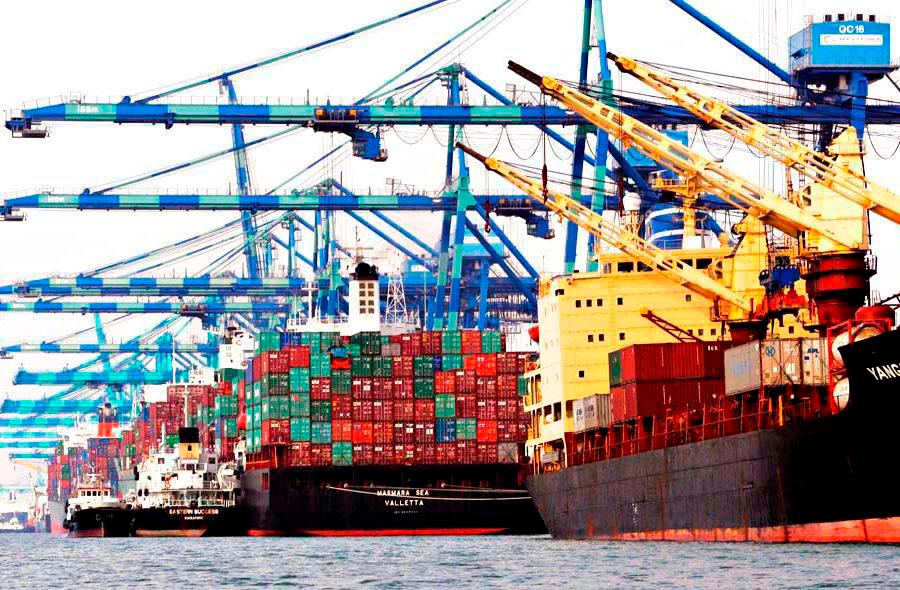KUALA LUMPUR: While the country’s trade outlook for 2024 indicates exports are expected to rebound by 4.3% year-on-year from a decline of 8% in 2023, Thailand’s Chumphon-Ranong Land Bridge megaproject has sent shudders among supply chain experts who fear its impact on the future of Malaysian sea exports.
Malaysia University of Science and Technology CEO Prof Dr Premkumar Rajagopal, who has 13 years of supply chain experience, said the Chumphon-Ranong Land Bridge’s initial phase, which is expected to be completed in 2030, will reshape regional trade dynamics.
Located in Thailand’s southern Ranong province, the 90km bridge, which is expected to be fully completed in 2039 at a total cost of RM130 billion, will have potential implications for Malaysia’s economy and strategic positioning.
“Once completed, the bridge will potentially divert shipping away from Malaysia and Singapore as it aims to create a new trade route linking the Indian and Pacific Oceans and cut down transport time through the Malacca Straits by six to nine days,” he said.
The bridge involves two deep sea ports on Thailand’s eastern and western coasts, which will be connected by a rail and road system. The eastern port will be located in Chumphon province on the Gulf of Thailand, while the other will be situated in Ranong province on the Andaman Sea.
“Shipping from Ranong port to India, the Middle East, Africa and Europe may take seven to 30 days, while travel from Southern China to Ranong port will take not more than five days.”
However, Premkumar said while the shortened travel distances may offer cost savings for some shipments, the increased handling fees and logistical complexities could pose challenges for the Thais.
He said any changes in trade routes or infrastructure projects due to the Thai bridge can have profound effects on Westports and the Port of Tanjung Pelepas which significantly contribute to the national economy.
To mitigate the potential negative economic effects, he emphasised that it is critical to embrace digitalisation and innovation in port operations, foster competitiveness, and enhance connectivity to global supply chains.
“The Thai bridge may necessitate a reassessment of Malaysia’s strategic positioning in regional economic initiatives like Asean and China’s Belt and Road project.
“Proactive engagement, infrastructure investments, and alignment with regional cooperation frameworks are essential for Malaysia to effectively navigate evolving economic dynamics.”
Premkumar said Malaysia needs to do more research and address the future impact of the bridge.
“Collaboration and innovation will be crucial to securing our position as a key player in regional trade and economic development. We must implement strategies that allow us to emerge stronger and more resilient in the evolving economy,” he said.
However, Malaysia’s biggest port operator, Westports Holdings Bhd, remains unfazed by the Thai bridge project.
Chairman Datuk Ruben Emir Gnanalingam Abdullah said he is not worried because his customers have yet to seriously consider the bridge as an alternative to sea shipping.
“We are considering external strategic investors to fund an RM39.6 billion expansion, which will nearly double our capacity in the coming decades.”
Ruben said bringing strategic investors on board can add value to Westports, which is also considering a dividend reinvestment plan and borrowings to support the expansion of its Klang facilities.
“Westports is the second-largest port in Southeast Asia, and we plan to increase capacity to 27 million 20-foot equivalent units (teu) from the current 14 million teu by 2082.”









